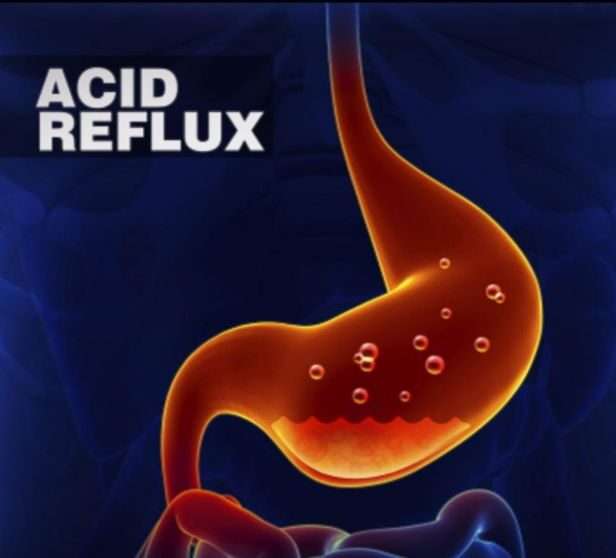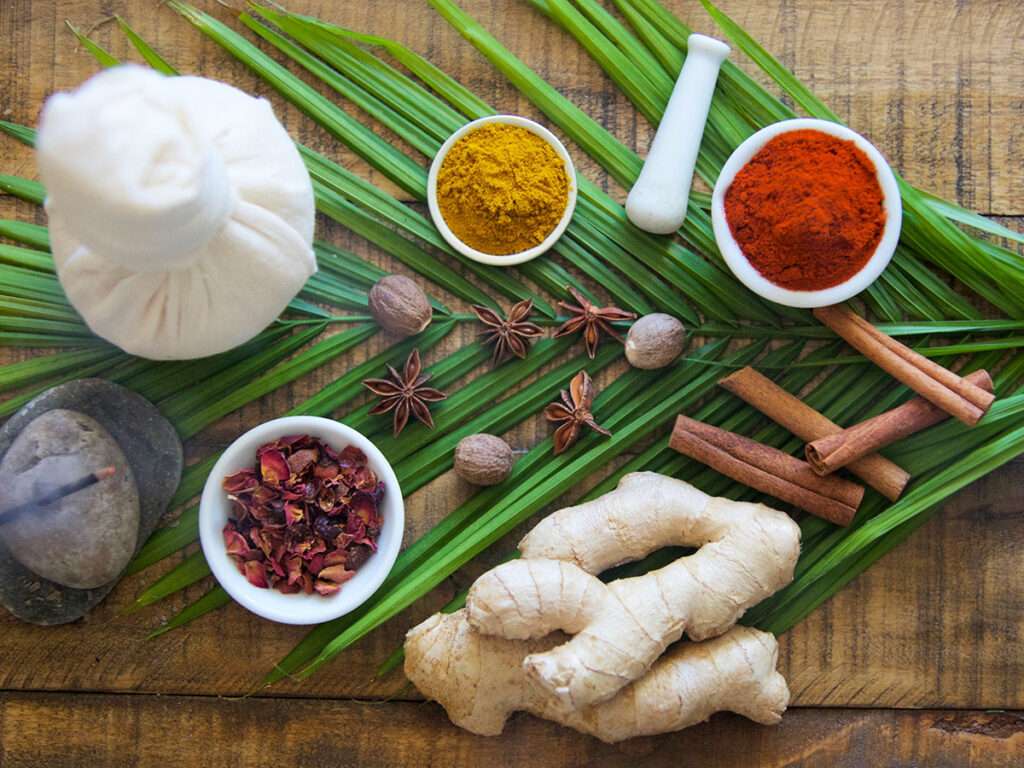Acid Reflux
Home – Services – Acid Reflux
Holistic Relief from Acid Reflux through Natural Ayurvedic Treatment: Embracing Panchakarma Therapy
A-One Ayurveda have centuries-old Ayurvedic Soloution for Acidic Reflux which is the secret to a good herbs.
Acid reflux, also known as gastroesophageal reflux (GER), occurs when stomach acid takes an undesirable detour into the esophagus.
Visualize the esophagus as a crucial pathway linking the mouth to the stomach.
Functioning as a safeguard, the lower esophageal sphincter (LES), a muscular ring, typically permits food to enter the stomach while preventing stomach contents from regurgitating. However, in acid reflux, this guardian, the LES, occasionally falters, permitting stomach acid to venture in the wrong direction.
This common occurrence underscores the intricate dynamics of our digestive system, and when this equilibrium is disrupted, it can lead to discomfort. Experience comprehensive relief through natural Ayurvedic treatments, incorporating the transformative benefits of Panchakarma therapy.

Symptoms of Acid Reflux:
- Burning Sensation
- Sore Throat
- Backwash
- Noncardiac Chest Pain
- Asthma
Common Causes of Acid Reflux
**Dietary Factors in Acid Reflux: A Culinary Perspective**
The impact of diet on acid reflux is undeniable, with certain food choices contributing significantly to its occurrence. Citrus fruits and acidic juices such as oranges, lemons, and grapefruits can heighten esophageal irritation. Indulging in chocolate and caffeinated beverages has the potential to relax the lower esophageal sphincter (LES), paving the way for acid reflux. Peppermint, known for its muscle-relaxing properties, can inadvertently relax the esophageal muscles, facilitating the backflow of stomach acid. Furthermore, alcohol consumption can relax the LES and stimulate increased stomach acid production, amplifying the risk of acid reflux. Conscious awareness of these dietary triggers proves beneficial in both managing and preventing acid reflux symptoms.
**Hiatal Hernia and Acid Reflux: A Mechanical Conundrum**
For individuals with hiatal hernia, activities that elevate intra-abdominal pressure, such as bending over or lifting, can exacerbate acid reflux. These actions may compromise the function of the lower esophageal sphincter (LES), creating a more hospitable environment for acid reflux.
**Smoking and Acid Reflux: A Compromised Partnership**
Smoking is a known exacerbator of acid reflux. The habit relaxes the LES, permitting stomach acid to flow back into the esophagus. Additionally, smoking delays the emptying of stomach contents into the intestines, creating a sluggish digestive process and increasing the likelihood of acid reflux.
**Obesity’s Role in Acid Reflux: Weighty Considerations**
Excessive weight, particularly in the abdominal region, imposes added pressure on the stomach, fostering the backward flow of stomach contents, including acidic juices, into the esophagus. Obesity-related delayed stomach emptying further prolongs the presence of food and stomach acid, elevating the risk of acid reflux. Prioritizing weight management and adopting a healthy lifestyle becomes pivotal in mitigating these factors and reducing the likelihood of acid reflux.
**Pregnancy and Acid Reflux: Navigating Hormonal Changes**
During pregnancy, elevated levels of the hormone progesterone induce relaxation in the lower esophageal sphincter (LES). This relaxation allows stomach acid to flow back into the esophagus, giving rise to acid reflux. The expanding uterus during pregnancy can also alter the position of internal organs, including the stomach, leading to changes in its angle and contributing to acid reflux.
**Certain Medications and Acid Reflux: Unveiling Pharmaceutical Influences**
Specific medications, particularly certain antibiotics, possess the potential to irritate the esophageal lining, rendering it more susceptible to acid reflux. Furthermore, medications that decelerate stomach emptying, such as anticholinergic medications, may lead to the accumulation of stomach contents, heightening the risk of acid reflux. Additionally, certain drugs may directly or indirectly elevate stomach acid production, further contributing to acid reflux symptoms.
Individuals prescribed such medications are advised to remain vigilant about these potential effects and seek guidance from healthcare professionals if they encounter symptoms of acid reflux.
Ayurvedic Treatment for Acid Reflux
Ayurvedic treatments, especially Panchakarma therapy, stand as a holistic avenue for GERD treatment, addressing acid reflux at its core. Panchakarma delves deep into the cellular realm, tackling the root cause by expelling toxins and accumulated waste from the digestive system, potential contributors to acid reflux. The therapy’s objective is to purify and cleanse, diminishing the frequency and intensity of acid reflux episodes. In Ayurveda, acid reflux is often linked to an imbalance in the pitta dosha, embodying fire and water elements. Panchakarma treatments like Vamana and Virechana are meticulously crafted to appease the aggravated pitta dosha, reinstating equilibrium and assuaging acid reflux symptoms. Beyond balancing doshas, these therapies play a pivotal role in promoting healthy digestion. By augmenting digestive fire and enhancing gut motility, Panchakarma aids in preventing the retrograde flow of stomach acid into the esophagus, fostering enduring relief from acid reflux.

